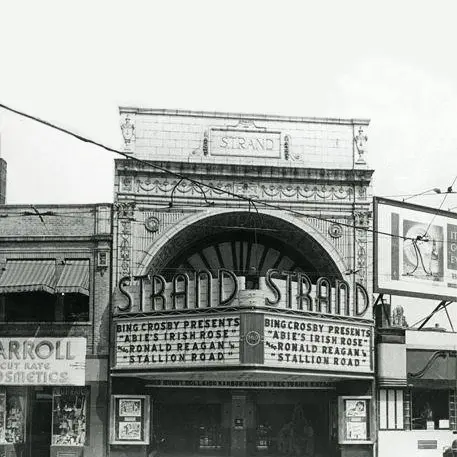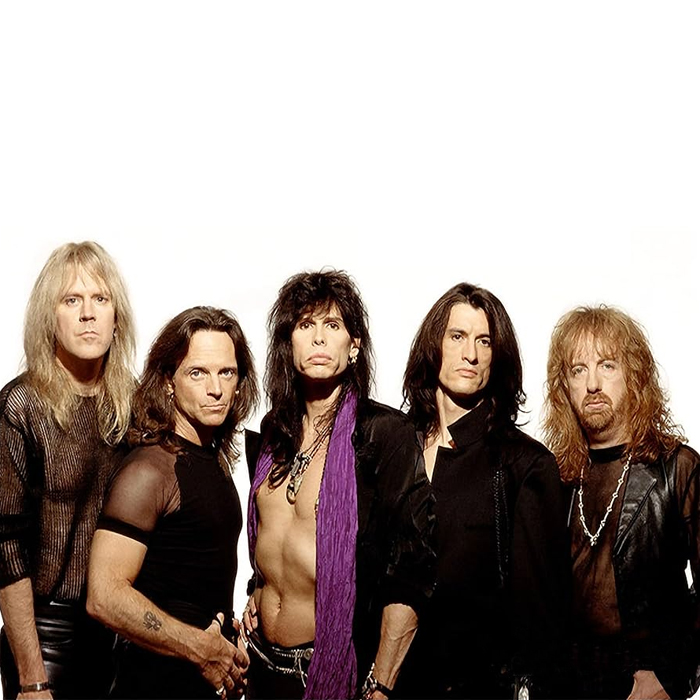Strand Theatre

When it opened its doors on November 11, 1918, it was called “New England’s most beautiful theatre” by the Boston Sunday Post, which declared it “a lasting monument to an ideal – the ideal of building a great people’s theatre,” noting that venue sold tickets “at prices so moderate that all the people could easily pay.” Originally owned by local entertainment mogul Nathan Gordon, it was one of 75 movie houses under his umbrella, designed by Funk and Wilcox, the Boston-based architectural firm behind Davis Square’s Somerville Theatre.
And the building remains as majestic now as it was over 100 years ago, with “Corinthian columns, ornate boxes adorning the auditorium and a triumphal arch and a parapet proclaiming the theater’s name,” a Boston magazine profile described it. In February 2003, the Bostonian Society recognized the theatre’s significance with an historical marker.
IDENTITY CRISIS, “PAY WHAT YOU CAN” POLICY
Yet if you were to ask just about anybody who lives within the city of Boston about the Strand, the response will likely be the same across the board: “Why does it feel like nothing’s ever going on there?” The answer to that may not be as complicated as it may seem, as the Strand Theatre seems to suffer from a case of identity crisis. Why? Because for all its splendor and beauty, once you get inside you may feel like you’re in any theater district anywhere in the world. The surprise comes when you walk out the door and find yourself standing in Dorchester’s Uphams Corner, arguably Boston’s most diverse neighborhood.
In fact, the Strand does have performances just about every weekend of the year. Some of these performances only bring in about 300 people and there’s still a “pay what you can” arrangement with its customers. How does it keep its allegiance to its Cape Verdean, Latino and African-American neighborhood while presenting entertainment that attracts folks from far outside the area? That’s been a longstanding struggle for the Strand and it’s the main issue that prevents the theatre from selling out on a regular basis.
NOTABLE CONCERTS, OTHER EVENTS, RENOVATIONS
Despite all the peaks and valleys and highs and lows that the Strand Theatre has seen over the last 50 years, it’s played host to some of the biggest local acts and some well-established national ones including The Joe Perry Project, Tracy Chapman, LL Cool J, Phish and B.B. King. Much like Cutler Majestic Theatre and Wang Theatre at Boch Center, the Strand presents a wide array of musical and other events outside of rock, folk and blues. Over the decades, it’s hosted the Boston Ballet, the Boston Choral Chamber and the Urban Nutcracker, in addition to plays and other theatrical performances.
Since around 2010, the owners have invested over $20 million in renovations, making the theatre one of the area’s most visually stunning. One can only hope that whoever steers the ship of this gorgeous venue in the future will utilize it for the enjoyment of all those in the city Boston while never forgetting its roots in the Uphams Corner neighborhood. An argument could be made that when it comes to neighborhood venues that have served up entertainment on a large scale, nothing comes close to the Strand Theatre and its 100-year-plus legacy. That said, it seems that it could do much more than it has in the past – and hopefully it will.
(by Edwin Sumpter)



















